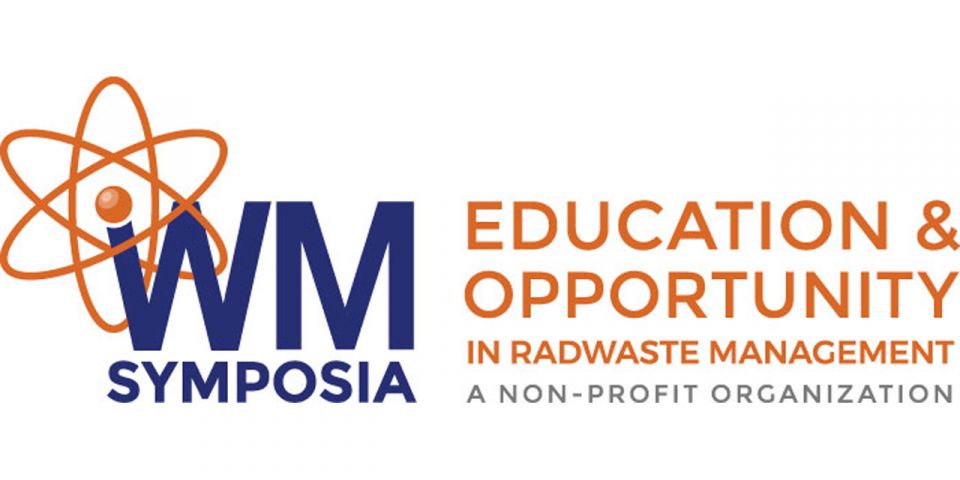We Were Once Terrified of Fire, Too
The discovery of fire a million years ago must have been terrifying to cave men and women. Since that time, many people have died and much damage to the earth has occurred as a result of chemical energy released through fire. Nevertheless, that chemical energy found its place in the world, providing great benefits, and most people take it for granted.
In stark contrast, humankind began to develop and use nuclear energy less than a hundred years ago. In 2010, nuclear energy provided 13.5 percent of worldwide electricity.
On March 11, 2011, several of the Fukushima-Daiichi, Japan, nuclear power plants were damaged from a 9.0 magnitude earthquake and a 14 meter tsunami. The event dominated headlines and, with help from the mass media, re-sparked the public's fears of nuclear radiation. Fifteen thousand people died as a direct result of the earthquake and tsunami. Nobody died from radiation exposure. Yet no governments have called for a moratorium on coastal development. However, some have on nuclear energy.
Some people wrongly believe that radiation has no place in a safe and healthy world. Yet radiation has always been around us. It comes from a variety of natural sources, and it is widely used in medicine.
The difference between radiation levels that pose a significant health risk and radiation levels that pose negligible or no risks has everything to do with emission rate, concentration, dispersion, distance from, and duration of exposure. Other key factors include the unique properties of each isotope, such as how it affects the body and how long it remains radioactive.
In light of the public's fear, examining how nuclear energy has fared in terms of safety and environment is useful. Chemical energy and hydroelectric energy have caused their share of environmental damage and deaths.
The undercurrent of fear affects all matters related to this industry. It must be addressed. Doing so requires examining the risks and consequences of nuclear energy and comparing it to other energy technologies, for none is perfect.
The 1986 Chernobyl nuclear accident - by far the worst - is most instructive. In 2006, the Chernobyl Forum published an authoritative analysis of the health, environmental and socio-economic impacts of Chernobyl.
The report concluded that 31 emergency workers died as a direct consequence of their response to the Chernobyl accident. The Forum was unable to reliably assess the precise number of fatalities by radiation exposure. The best it was able to do was speculate based on the experience of other populations exposed to radiation. By 2002, 15 deaths were reported from among 4,000 people exposed to radiation and diagnosed with thyroid cancer. These data are in stark contrast to a number of other poorly referenced sources which have speculated on large numbers of radiation-related deaths from Chernobyl.
Clearly, the fears about nuclear energy are based on perceptions, imagined or engineered, and not on the consequences of actual events.
For example, in August 1975, the Banqiao hydroelectric dam in western Henan province, China, failed as a result of Typhoon Nina, 180,000 people died. Another example is that 1 billion gallons of oil from 21 disasters have been spilled in the oceans since 1967. A third example is that, in Nigeria, on Oct. 18, 1998, a natural gas pipeline explosion took the lives of 1,082 people.
Members of the public would benefit from scrutinizing the comparative safety and track record of clean, emission-free nuclear energy. The nuclear industry would benefit by helping the public learn the basic concepts and principles of nuclear technology. Nuclear energy can help achieve quality of life for those who don't have it and help sustain it for those who do.
Steven B. Krivit is the senior editor of New Energy Times, an online magazine specializing in low-energy nuclear reaction research. He also is the editor-in-chief of the 2011 Wiley and Sons Nuclear Energy Encyclopedia.






